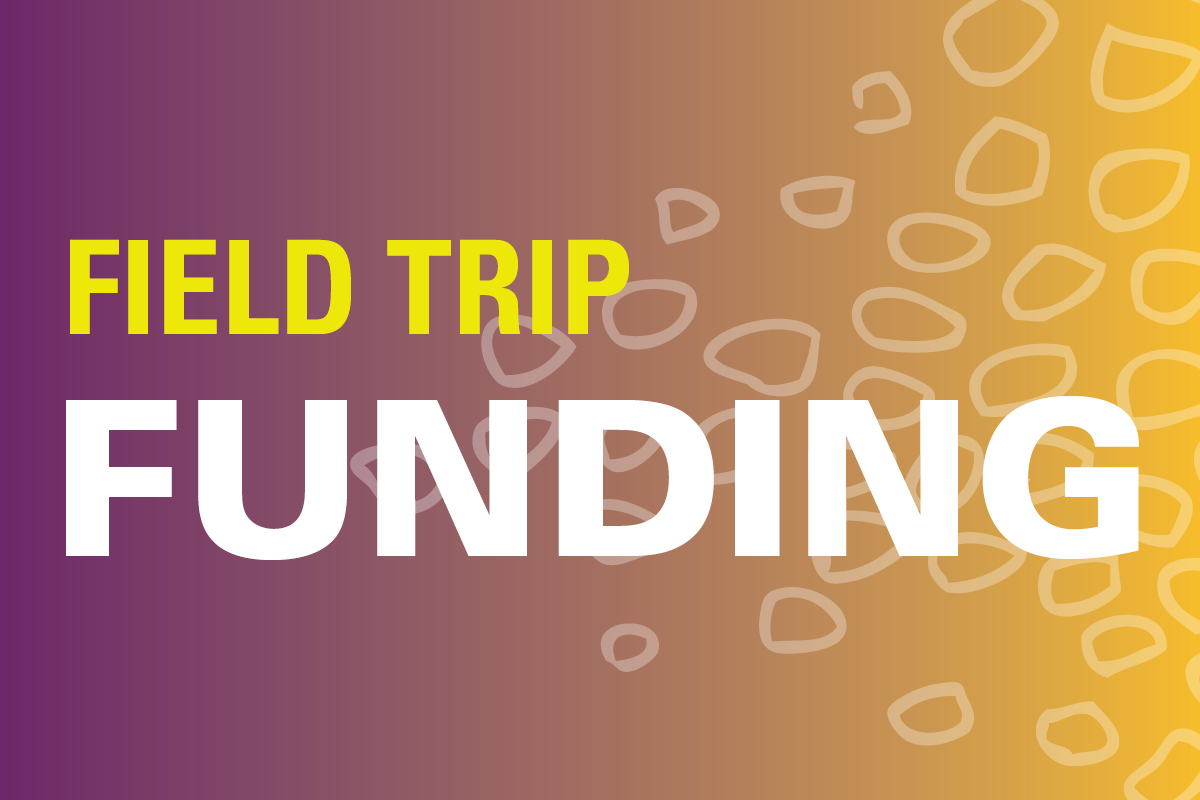These programs last 50 minutes and include safe activities using artifacts or scientific specimens. Some programs also include investigations, demonstrations or data collection and analysis. Educational programs are available beginning the day after Labor Day through the third week of May.
Program Fee: $45 per class + museum admission
Clues to the Past
Did you know that southeastern Oklahoma was once a swamp at the edge of the sea? Students in this class will identify marine, wetland and terrestrial fossils and map their locations to re-create Oklahoma’s ecosystem as it existed 300 million years ago.
Download Educational Program Guide OAS Science Practices 1, 2, 3, 4, 6, 7, 8 | Core Ideas LS4
Ecosystem Interactions
How do ecosystems work? Students will explore energy transfer by building food webs with museum specimens, collecting and graphing data and discovering how the biotic and abiotic components of an ecosystem are connected.
Download Educational Program Guide OAS MS-LS2-3
Science I.D.
How does a scientist identify organisms and study differences among species? Students will observe, measure, identify and describe several different groups of museum specimens, from turtles to trilobites.
Download Educational Program Guide OAS: MS-LS1-5 | Science Practices 1, 2, 3, 4, 5, 6, 7, 8
Rocks and Resources
Coal, sandstone and oil are just a few of the mineral natural resources that we use every day! In this class, students will learn about the differences between rocks and minerals, the formation of sedimentary, igneous and metamorphic rocks, and how we use different rocks and minerals as natural resources.
![]()
Download Educational Program Guide OAS: MS-PS1-3, MS-ESS2-1 | Science Practices: 1, 2, 4, 6, 7, 8
Laboratory Programs
Laboratory programs last 90 minutes and include experiments or simulations and active investigation by students.
Program Fee: $80 per class + museum admission
Geology Laboratory
Did you know that you could experience the rock cycle in minutes, rather than eons? In this laboratory, students will investigate the rock cycle by “making” sedimentary, igneous and metamorphic rocks, and then experience the processes of erosion, sedimentation and soil formation. Students also will identify a variety of rocks and minerals through observations and tests.
![]()
Download Educational Program Guide OAS MS-ESS2-1 | Science Practices 1, 2, 3, 4, 6, 7, 8
Archaeology Laboratory
Students will experience the process of scientific archaeology from excavation through data collection, artifact identification, interpretation and reporting. The “sites” excavated represent five cultures from Oklahoma’s past, ranging from the dramatic mammoth hunting cultures of 11,000 years ago to the historic Wichita.
Archaeology Laboratory is currently unavailable as we update the curriculum to better reflect Indigenous perspectives, their knowledge of the Great Plains, and contemporary archaeological understanding. We are committed to providing inclusive and respectful experiences, and we appreciate your patience as we work to improve our offerings.






